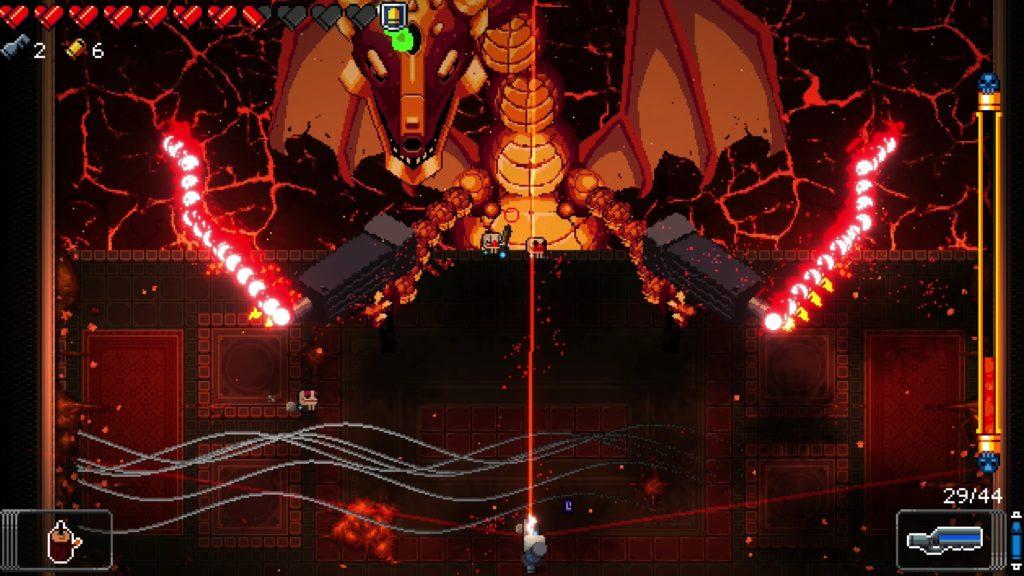Game title: Gone Home
Target Audience: Mature audiences of ages 16-25 that are fans of narrative-driven and mystery-based exploration games
Creator: The Fullbright Company
Platforms: Nintendo Switch, PlayStation, Xbox, PC, Mobile
Introduction
Gone Home is a first-person exploration mystery game that I played for the first time this week. In the game, you play as Katie Greenbriar, who is returning home to her family’s house after spending a year abroad and finds that the house is completely empty. I knew a brief summary of the game before I began, but this beginning still raised immediate questions and gave a mysterious feeling. There are no puzzles and no dialogue in the game, so you have to search, observe, and piece together what happened to the family through exploration. While I appreciated the game’s emotional depth and quiet, subtle storytelling, I didn’t find the game as engaging as I did when I played Firewatch last week, which is a different type of walking simulator game.
In this game, narrative is told almost entirely through environmental storytelling. You explore the house, pick up notes, listen to audio logs, and uncover secrets hidden in drawers and closets. This is the game’s primary mechanic, and there are no quests or goals beyond discovering what happened to the family. The story reveals itself gradually as you choose what to interact with, which means the narrative is freeform and player-driven.
Narrative and Mechanics
From a design perspective, the primary mechanic discussed above creates dynamics that reward curiosity and attentiveness. The more time you spend investigating, the more layers of the story you uncover. For example, Sam’s relationship with her girlfriend Lonnie is slowly revealed through her journal entries and hidden letters. I wasn’t entirely sure what their relationship meant at the beginning, but as I found more notes, it became clear. There is no single correct path that you are supposed to follow throughout the game, and the resulting aesthetic is one of quiet discovery and emotional depth.
With this, the freeform in the game design has some trade-offs. Since there’s no central plot you need to follow, the experience in Gone Home can start to feel static. This differs from Firewatch, which constantly pushes you forward using dialogue and events. In parts of Gone Home, I wondered what I should do next and questioned if I was just missing the point of the game.
Architecture and Emotional Progression
The layout of the house is able to subtly control how the story unfolds. You are only able to access a few rooms at the beginning because many are locked and you need to find keys and clues to unlock the rest of the rooms and hidden passageways. In a way, this design choice mirrors the emotional depth of the story. You begin with a few details about the family and eventually reveal deeper personal insights. I wasn’t able to play the entire game, but I read that the attic is where Sam’s (Sam is Katie’s missing sister) final journal entry is, and the attic only becomes unlocked after you’ve found enough clues.
This architectural structure supports the game’s pacing without relying on typical mission objectives. For example, the first-floor rooms introduce Katie’s parents’ strained relationship and her father’s poor writing career. Upstairs, the story of Sam’s rebellious nature and her growing relationship with Lonnie starts to unfold. It makes sense that the attic is where the final journal is because it is an emotional high point, both physically and figuratively.
Comparisons
Compared to other games in this genre, Gone Home is especially quiet and hands-off. In Firewatch, the character’s with Delilah creates emotional tension in real time, and in What Remains of Edith Finch, I’ve read that each story is more self-contained and sequential, presented as a standalone, mini-experience. Gone Home is different in that it relies entirely on the player’s willingness to explore. That openness is a strength in terms of freedom in the game, but it was also a weakness for me personally when it comes to maintaining engagement.
I think that one improvement the game could make would be introducing an occasional voiceover from Katie to create a stronger sense of emotion in the scene. There were multiple times where I remember almost thinking out loud while I was discovering items, and I think it could add a fun touch to hear how Katie reacts to the clues and environment without disrupting the minimalist tone of the game.
Conclusion
Gone Home is a thoughtful and emotional mystery game that is told entirely through space and memory. Its storytelling is tied to its mechanics, where walking and reading are both actions and tools for uncovering clues. The house itself serves as a storytelling tool, with its rooms guiding players through the emotional lives of other characters. While the game wasn’t quite as engaging as other walking simulation games, this game still succeeds in showing how minimalist design choices can still lead to interesting storytelling.
Ethics
One notable accessibility barrier in Gone Home is its reliance on visual storytelling and reading. The narrative is uncovered almost entirely through handwritten notes and visual details around the house, which can make it difficult to access the story for players with visual impairments or reading disabilities. While some text is voice acted through audio diaries, much of the experience still requires reading in-game materials with different fonts and layouts, which may not be compatible with screen readers or visual aids.
However, Gone Home has made some efforts to reduce these barriers. The Family Gaming Database says that the game includes large text subtitles, clear and visible texts, and an option to replay audio diaries. It also says that all of the game dialogue and narrative can be voiced, or there is no speech in the game, meaning that there is no requirement to read the dialogue and text to play the game. These features help support a wider range of players, but there are few audio elements in the game that lack subtitles, such as cassette tapes. Still, the game’s design choices in reading show a meaningful attempt to maintain accessibility among many different users.



